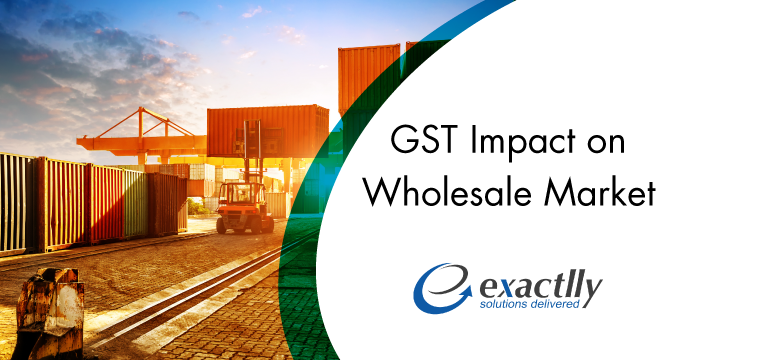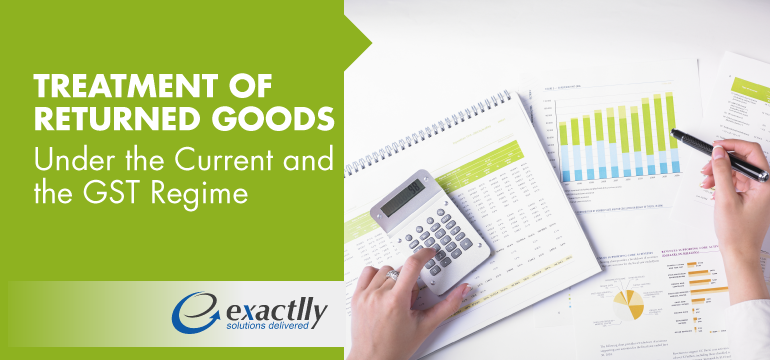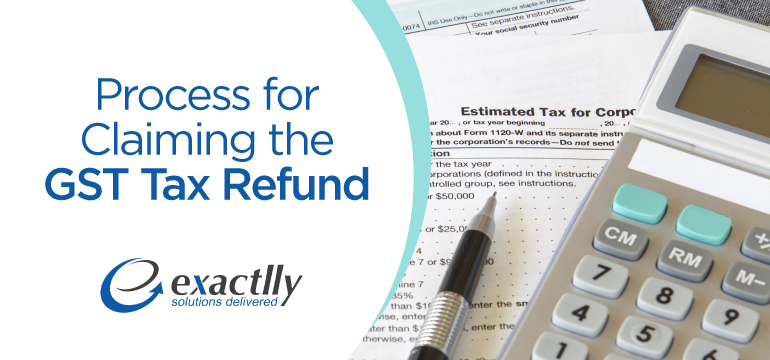The manufacturing industry in India has been facing a mammoth task of serving almost 14 million retail points and the end customer – in both the rural and the urban markets. The fast-moving consumer goods sector and durable goods sector has some of the highest demands that manufacturers are required to meet. Furthermore, almost 92% of the retail sector falls under the unorganized category, thus making it difficult for manufacturers to rely on solely the direct distribution channels for catering to the needs of the market’s demands.

All these factors have one easy solution – finding solace in the wholesale market. The wholesale market, in a supply chain of goods and services, stands as an intermediary between the retailers and the manufacturers. Even though both parties sell the same goods and services, their behavior in the market is what differentiates them.
Distributor’s Role –
- Shares a commercial relationship with the manufacturer;
- He may deal with not one but several product lines, but ensures that none of these product lines are in competition with or conflict with each other;
- Services the products to retailers, but may also service wholesalers;
- He deals with providing labor support to retailers to help them become established and may also provide services which primarily include the provision of credit to the manufacturer, but also other services such as providing product-related information, estimation of valuation, technical support, post-sales services;
- Most distributors enter into agreements with the primary manufacturer who in turn supplies products to only limited distributors within a particular territory;
- They are usually very organized and maintain healthy margins with respect to their sales;
- They share a similar equation with retailers as the equation shared with them by the manufacturer.
Wholesaler’s Role –
- Rarely has any commercial or business obligations and operates on his own terms;
- Receives goods in bulk from the distributor for the purpose of resale, usually in bulk to other retailers, distributors, and even to other wholesalers;
- Purchases goods at a lower cost due to purchase being in bulk;
- May purchase a vast range of products and is not restricted in the purchase as long as he is making a profit;
- Mostly rural and some urban retailers prefer buying their products from distributors for the lower cost of purchase and absence of too many terms and conditions;
- Works on narrow margins and thus rarely offers credit; rarely in the business of taking back any unsold stock or products.
Manufacturers ultimately benefit from the collaboration between retailers and wholesalers as they can achieve their sales from markets where they are not expected to handle sales and shipping directly.
Impact of GST on the Wholesale Market –
Distributors and wholesalers alike share a very integral role in the supply chain and it is obvious that manufacturers cannot survive without their collaboration. Even though manufacturers have begun to brace themselves as to what to expect with the advent of the GST, they face major concerns from their retailers and wholesalers and whether these players are able to get up to speed to GST compliance so that the process can function smoothly. Post the demonetization era, the wholesale market has been wounded, however, with the coming into effect of the GST, hopefully, the market will recover and boost growth better than ever, due to the primary reasons of transparency and better organization.
We have provided a snapshot of the ways in which the wholesale market will be impacted by the GST –
|
Impact
|
Details
|
| Tax increases for wholesalers – bringing them into the tax bracket and ensuring compliance |
- Most wholesalers make transactions in bulk and pay cash upfront as a consideration – from both manufacturers and distributors – albeit, with a difference in their tax liability towards each of these market participants.
- It is difficult for wholesalers to pass on the excise tax liability to the subsequent buyer in the supply chain as most of them do not possess excise registration themselves – therefore, they are unable to avail of any tax credit.
- The primary activity of a wholesaler is to buy and sell products – however, under the current indirect tax regime, they are also burdened with the requirements of maintaining invoices, being compliant with several tax laws, etc. – leading them astray from their primary course of work. Additionally, wholesalers find it difficult to maintain compliance constantly because of complex transactions and tax structures and owing to non-registration, they are not under scrutiny. Thus their tax liability is reduced significantly and they are able to undercut the prices prevalent in the market thereby generating higher sales.
- Under the GST regime, however, all invoices are required to mandatorily upload against the registered GSTN portal and the invoice must also be simultaneously accepted by a buyer. Further, since all the taxes have been subsumed into a common unified tax, the tax credit has become more seamless and smooth across the supply chain, notwithstanding the buyer or the seller involved with the wholesaler.
- An advantage is that multiple registrations have been struck out and thus wholesalers can be compliant with ease. The idea of tax evasion has been cordoned off completely, however despite this, there still may be several wholesalers who try to evade the compliance route – nonetheless, since there is a system of checks and balances under the GST and buyers and sellers have to confirm sales and purchases, non-compliance will be unlikely in the long run.
- Wholesalers will ultimately be forced to be GST compliant in order to maintain and sustain their business relations with the other players in the supply chain.
|
| Destocking against the shift from the indirect tax regime to the GST regime |
- The entire wholesale market is dependent on very low margins. Especially in the wake of demonetization, the entire wholesale market reverted to de-stocking its inventory in order to get higher liquidity because of the cash crunch that hit the nation.
- Big names in the fast-moving consumer goods sector such as Dabur and Tata fear that the same situation will arise once again with the GST coming into effect especially because of the fear that retailers have instilled within themselves regarding availing of the input tax credit on the existing stock of goods.
- To give a clearer picture, retailers are registered under their respective state VAT laws under the current indirect tax regime and are required to make VAT payments on the stock held by them as of the date of transition. It is pertinent to note that even though the VAT has been allowed as input credit under the GST regime, there are certain conditions imposed by the government on availing any input tax credit on closing stock – which means that some retailers may be left out.
- 100% input tax credit shall be available on goods on which the excise duty has been paid and there are invoices to ascertain the same – in case the invoices are not available then only 40% of the input tax credit may be availed.
- Tax on excise is applicable only to the wholesalers and distributors – to the retailers, such excise is passed as an additional cost and due to this reason, retailers are usually unable to claim the entire amount of credit, owing to an absence of information on the invoices.
- Pursuant to the GST regime, this cost shall be borne by the consumer, amounting to less competitive prices to other players thereby triggering the destocking of inventory by the retailers across the nation (during the transition to the GST phase) and then restock their inventory post the transition has settled.
- This means that for the transition period, wholesaler demand may die down which would amount to wholesalers undergoing the destocking exercise as well.
- Finally, because of such restocking, the ultimate demand for goods is expected to be on the rise.
|
| Direct Distribution Channels |
- Wholesalers, especially those linked to the provision of fast-moving consumer goods and durable goods, have become wary of wholesale business as the GST date moves closer. The managing director of HUL, Mr. Sanjiv Mehta was recently noted saying that the entire wholesale sector in India would take some time to stabilize post the GST transition, leading to a downturn in the sector when compared to direct distribution channels.
- But obviously, the GST regime is expected to cause disruption in the wholesale sector such as bulk transitions, sale for cash consideration, lack of giving credit, maintenance of liquidity, operating on wafer-thin margins, etc.
- More wholesalers shall become part of the tax bracket, increasing both cost and effort. The principal manufacturers shall become extremely important as their role would include servicing the retailers in urban as well as rural areas.
- Manufacturers will have to further provide incentives in the form of lower costs and increased commissions to wholesalers – nonetheless, the burden on the direct distribution channel is expected to be lesser as distributors would have entered into agreements with manufacturers for becoming GST compliant, investing in technology and fixed assets.
- The wholesale sector thus is envisaged to becoming more expensive as opposed to direct distribution. It is also pertinent to note that manufacturers in the fast-moving consumer goods and durable goods sector shall begin to extend direct reach in an effort to become more cost-effective.
- The GST regime could lead to an increase in outlets directly owned by the company and an increase in distribution channels – leading to positive news for organized wholesale participants in the market, e-commerce outlets, and cash & carry models of business that shall easily take over and crush the unorganized sector.
|
| Open Market policy |
- Most supply chain models are made keeping tax liabilities in mind as a multiplicity of taxes can lead to greater costs especially when it comes to transactions taking place interstate. This causes wholesalers to enter into business agreements with manufacturers and retailers on an intrastate basis and limits them from reaching outside the state or growing their business.
- Under the GST regime, a more positive boost to wholesalers is expected as firstly the multiplicity of taxes will be struck down. This will lead to the entire nation becoming the marketplace. Further, input tax credit availability will allow manufacturers to become more competitive both intrastate and interstate.
- Manufacturers shall have wider room for access when it comes to reaching out to distributors and wholesalers across the country thereby leading to an expansion in the business portfolio. This helps in the generation of sales from both the existing retailers as well as serving a higher number of retailers within the same state.
|
In conclusion, the GST is expected to impact the wholesale market greatly. Even though this impact may not be what the market expects with the first few hits, just like how demonetization was rolled out, eventually the ecosystem will see the benefits and advantages of GST. Anyone can survive this wave if there are ready to be in compliance with the taxation, as ultimately, such adherence will allow all players in the market to reap benefits and achieve higher revenue and overall growth. Feel free to Contact Us.










